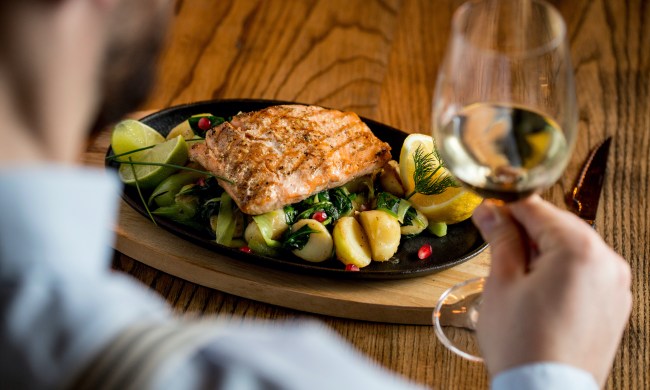Wine remains an incredible frontier with new discoveries around every corner. Some varieties, like Verdejo, are tied to one specific part of the planet and therefore can remain relatively hidden. But that doesn’t mean the Spanish white isn’t worth seeking out.
Fans of Pinot Gris and Sauvignon Blanc should pay attention to this tasty white. In Rueda, in north central Spain, it’s world-famous, accounting for the vast majority of plantings. It was introduced in the 11th century and enjoyed a long span of vitality before phylloxera put a squeeze on the entire European wine scene. But Verdejo crawled back to life, regaining some notoriety in the 1970s and receiving its own denomination status a decade later.
Today, the grape is beloved for its citrus and nutty elements. While fresh, it’s a white that can stand to age a few years, developing added smoothness and texture over time. The Spanish love to harvest the fruit at night, which keeps the clusters cool and can prevent oxidation in the cellar. It’s prone to mildew, but much of the land where it’s planted in Spain is subject to soothing Atlantic Ocean winds which ventilate the rows and keep the rot at bay.
To put Verdejo in perspective, there’s quite a bit of the stuff, it’s just found a real niche in Spain. But as Chardonnay is to Burgundy and Sauvignon Blanc is to New Zealand, Verdejo is to Rueda. More than 70 producers operate out of Rueda, a number that is bested only by fellow Spanish regions Ribera del Duero and Rioja. Producers generally opt for clean wines fermented and aged in stainless steel.
In some settings, like the granular soils in and around Segovia, 150-year-old rootstock still produces stunning Verdejo fruit. And, as is the case with so many regions, the newest generation is experimenting and toying with tradition, employing new techniques and equipment to show a different side of the age-old white grape.
Why Verdejo? Well, as the weather warms and we prepare lighter fare for our meals, it’s an ideal running mate. The old wine adage is that if you’re eating something you’d squeeze some fresh lime onto, Verdejo should be there, too. Which is quite rational, given the wine’s zesty punch. What’s interesting about Verdejo, though, is while light and bright, it’s also pretty full-bodied. It’s rarely flabby, but it is a big-boned white with more weight on the palate than many of its sibling varieties.
In addition to citrus, the favor profile tends to include things like melon rind, almond, stone fruit, freshly cut grass, and even a pinch of anise.
Ready to dive in? Here are a few worth checking out:
Barco del Corneta Verdejo
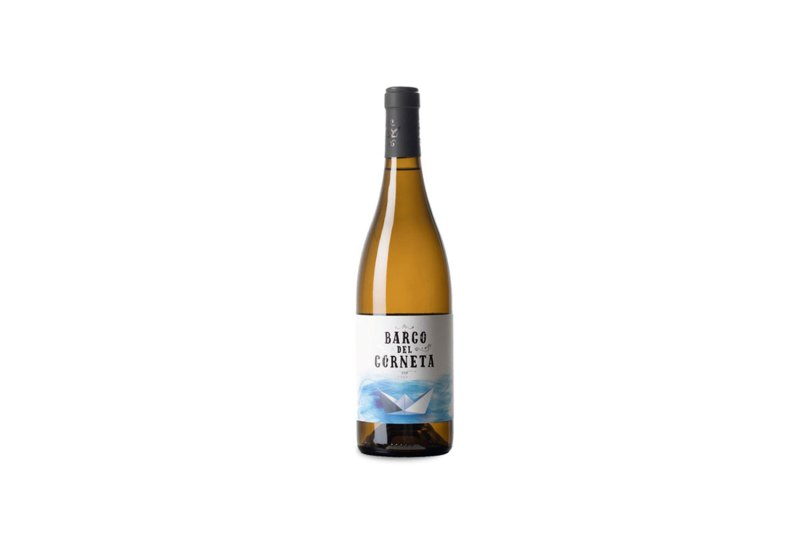
Hailing from its native Rueda, this Verdejo is a bit off the beaten path thanks to barrel-aging on the lees for about eight months. Made from organic grapes and fermented naturally, the wine is chalky, with green notes and a hit of zest. If you’re gonna chill it, do so lightly so you don’t rob this wine of its multiple layers and herb-pantry aromatics.
Belondrade y Lurton 2018 Verdejo
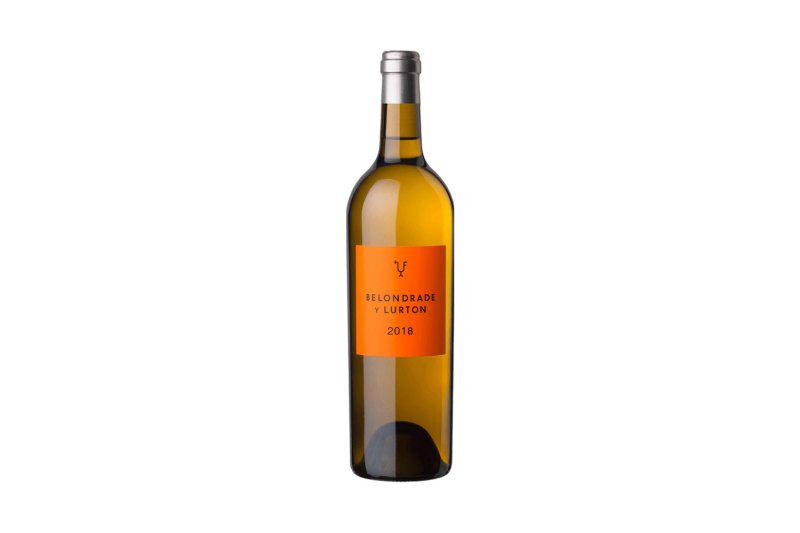
An elegant Verdejo from a Rueda producer beloved for its handling of the region’s most popular grape, this wine is juicy and complex while still being focused and luminous, like a spotlight on the horizon. Enjoy it with fish tacos, enchiladas, mole verde, or quarantine-friendly, straight-out-of-the-freezer fish sticks.
Abbot’s Passage 2018 Sightline
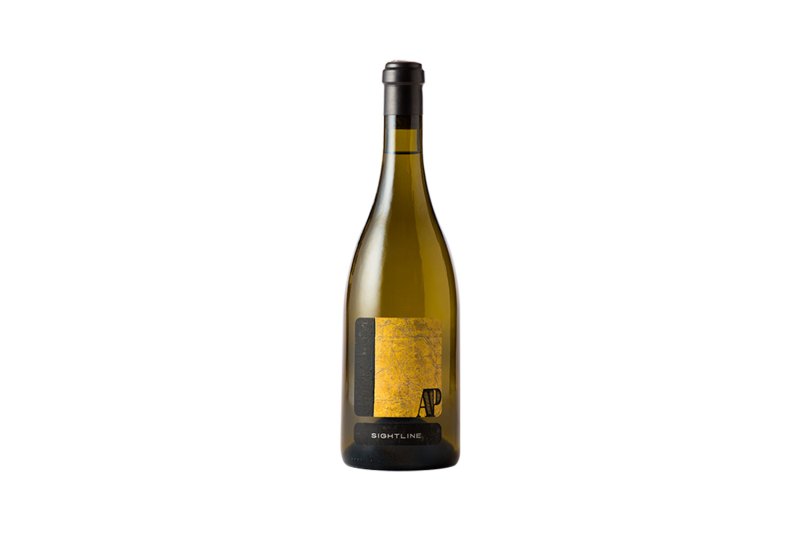
This Sonoma outfit makes a robust white blend that shows the impact of Verdejo, even in small doses. The ’18 Sightline is just 20% Verdejo (with the balance being Chenin Blanc, a great alliance), but the grape adds the perfect amount of body to the blend. The two varieties are co-fermented in a concrete egg, yielding a floral wine with a deceptive amount of structure and some flinty, dried apple notes.
Red Lily Vineyards 2018 Verdejo
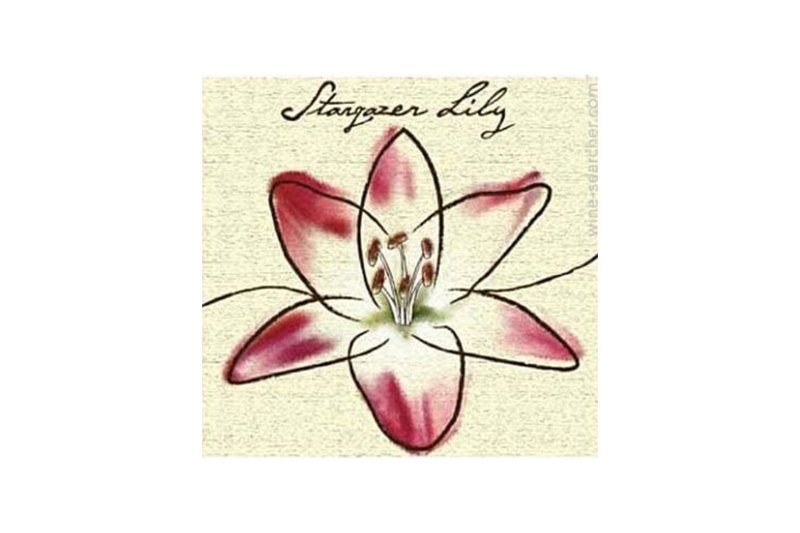
Southern Oregon’s Red Lily makes a solid Verdejo, one that could pass for a Rueda product. It’s got heft and tropical fruit notes, with that subtle bitterness that actually rounds the fruit out nicely. By now, you probably get the point that Verdejo is a large-and-in-charge white but if you have any residual doubts, try this version.


